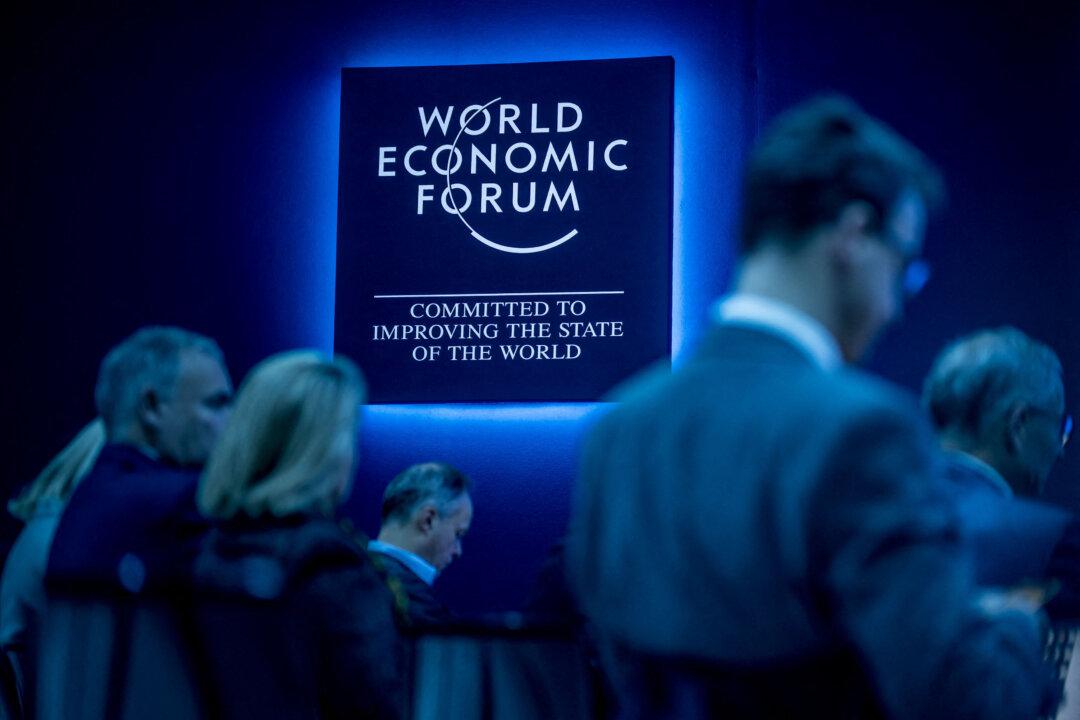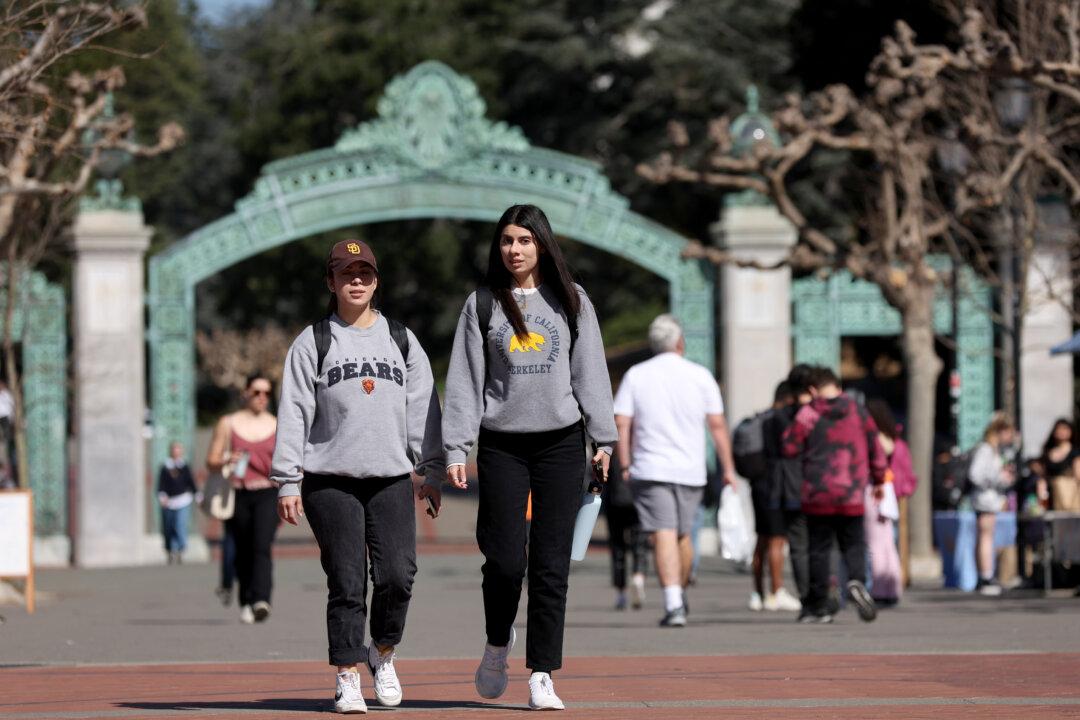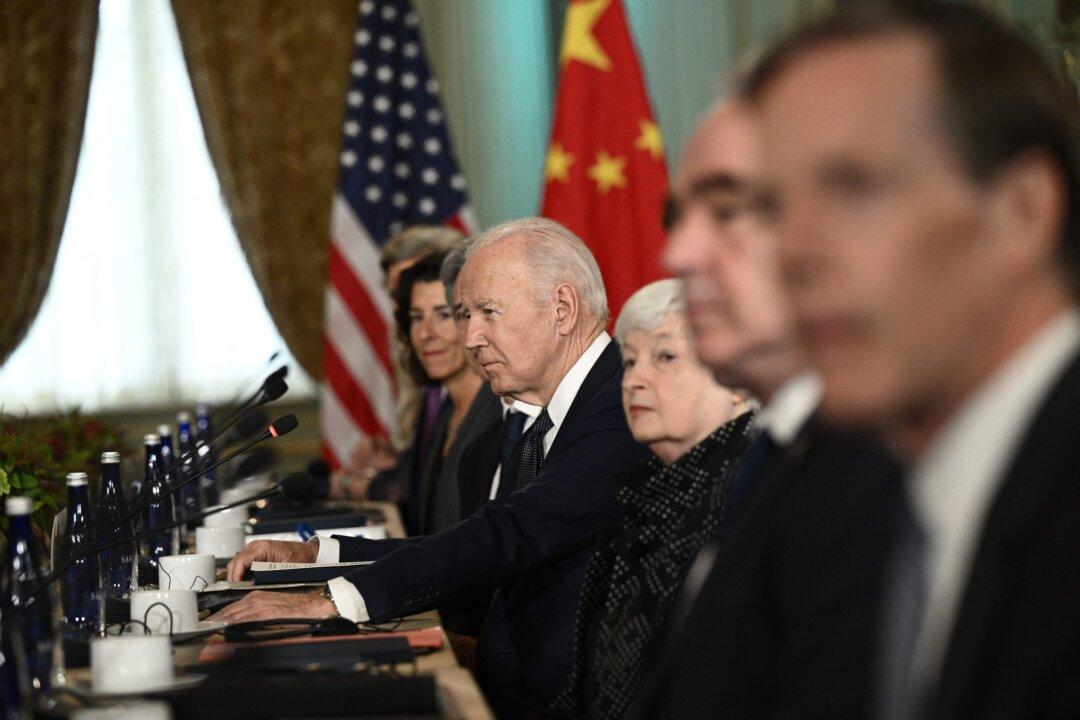Chinese leader Xi Jinping came as a supplicant to the G-20 summit meeting in Japan with President Donald Trump, and left having narrowly escaped disaster.
Xi faces a flagging economy at home and a popular uprising in Hong Kong. In fact, the political crisis that his hardline policies toward the former British colony have caused is so sensitive that the Chinese side insisted that the issue not be brought up at the summit. The fear in Beijing is that the unrest will spread across the border.
Xi knew, better than anyone, that if Trump imposed 25 percent duties on all $570 billion worth of Chinese imports, the export sector of the Chinese economy, already limping along, would be fatally crippled. Factories would flee China, and millions would lose their jobs.
Equally worrisome to Xi was the ban on the sale of U.S. components to “national champion” Huawei. Without these key components, the telecommunications company, which Beijing was counting on to dominate the 5G-networked world of the future, would be reduced to a manufacturer of cheap cellphones.
And how could Xi possibly retaliate? He has already imposed tariffs on almost all American imports, and had virtually frozen purchases of U.S. farm products. What’s left? Forcing U.S. companies out of the China market altogether, the way that South Korea’s Samsung was forced out?
That wouldn’t only be catastrophic for China’s already tattered reputation as a place to do business, it would lead to the further disengagement of the U.S. and Chinese economies.
That’s China’s worst nightmare. If our two economies disengage, and China is no longer able to slipstream in America’s powerful wake, the outcome of the current great power competition is virtually certain.
America will win (again) and China will lose.
With no more arrows in his quiver, Xi resorted to making promises, many of which we’ve heard before. He’s promising to increase imports of agricultural commodities, for example. We’ve heard this one before, namely at the last G-20 summit. So has U.S. Trade Representative Robert Lighthizer and the other American negotiators, who are likely to be much more skeptical this time around. They are looking for concrete commitments to specific import targets for U.S. products, say, $200 billion a year, not just vague promises from around $120 billion at present.
So the negotiations resume, and Trump has taken his finger off the kill switch—for now.
Huawei will remain on the U.S. “entity list” of companies banned from buying high-tech components and software. Temporary licenses will allow U.S. companies to sell certain components to China—as long as these don’t threaten U.S. national security—licenses that can be terminated at any time. A full lifting of the ban will depend upon reaching a trade agreement.
Even when that happens, the state-controlled company won’t be able to sell its products in America, the repercussions of which will cost it an estimated 40 percent of its sales.
All this isn’t to say that the United States has won the trade war; it hasn’t. But because of the Trump team’s toughness and negotiating skills, it occupies the high ground.
The final outcome is still uncertain, of course. And the answer to the larger question of whether America or China will own the 21st century is still uncertain.
But what is clear is that the days of China’s one-party dictatorship simply rolling over weak U.S. politicians, and taking unfair advantage of America’s openness and fair-dealing, are over and done.





